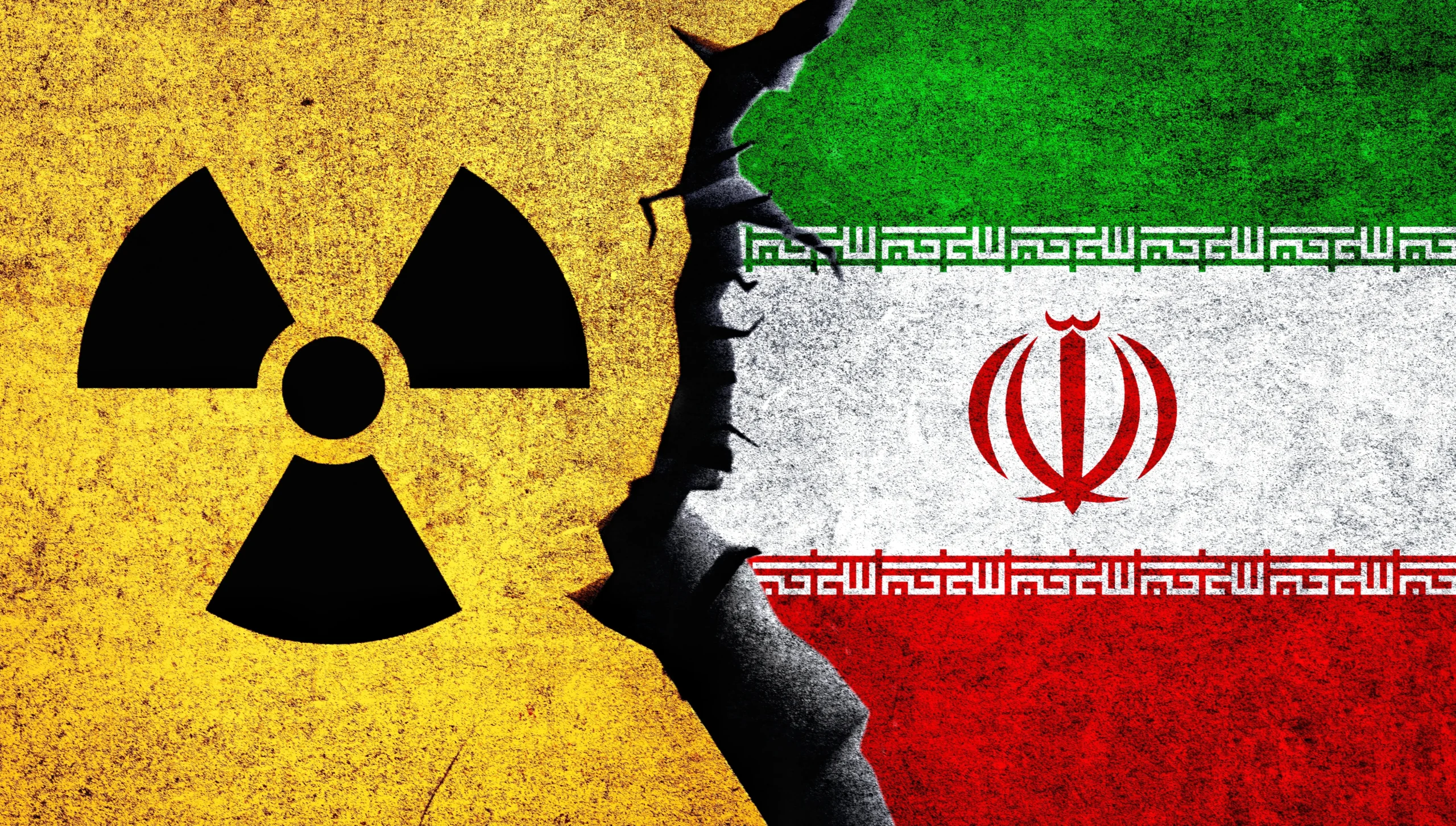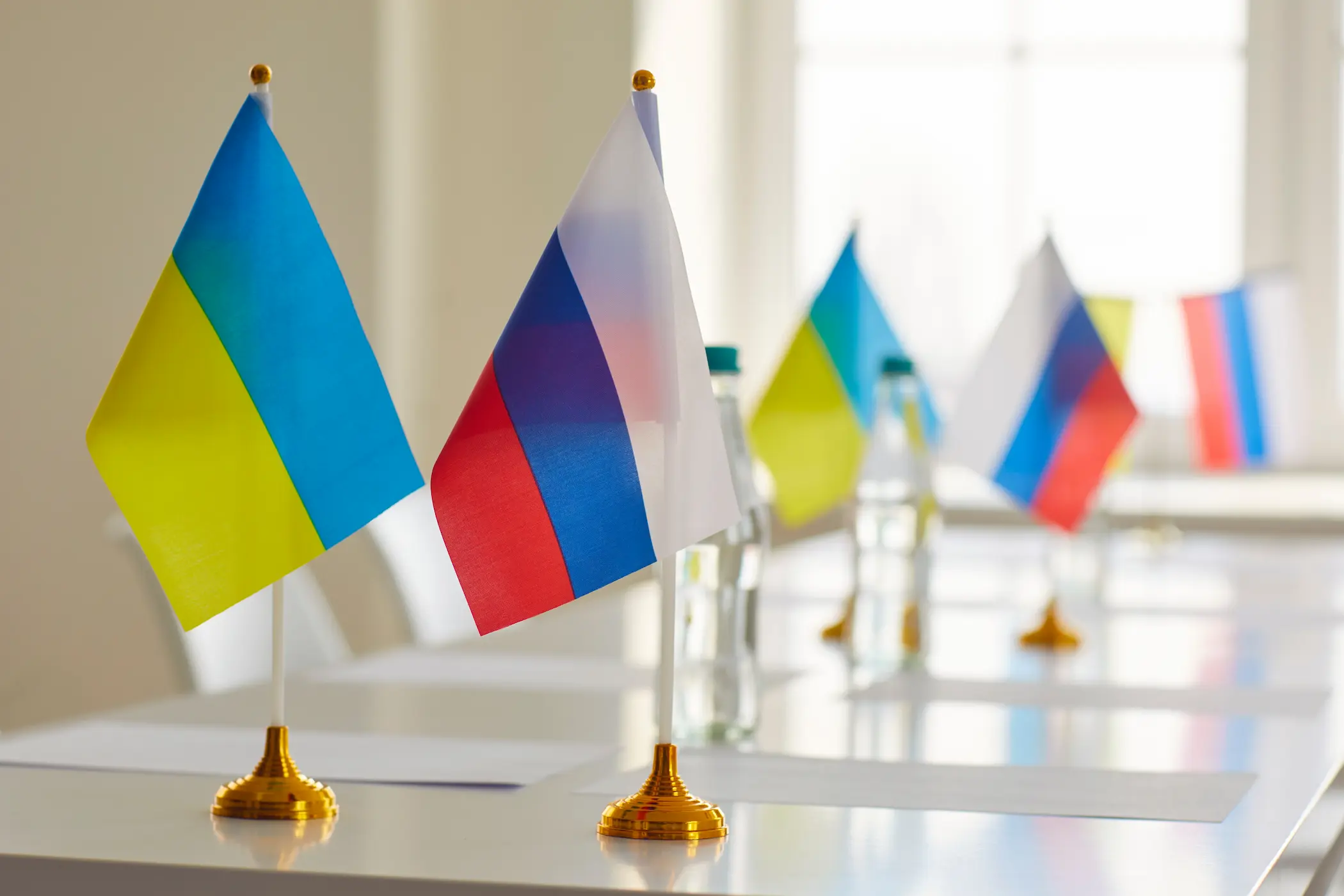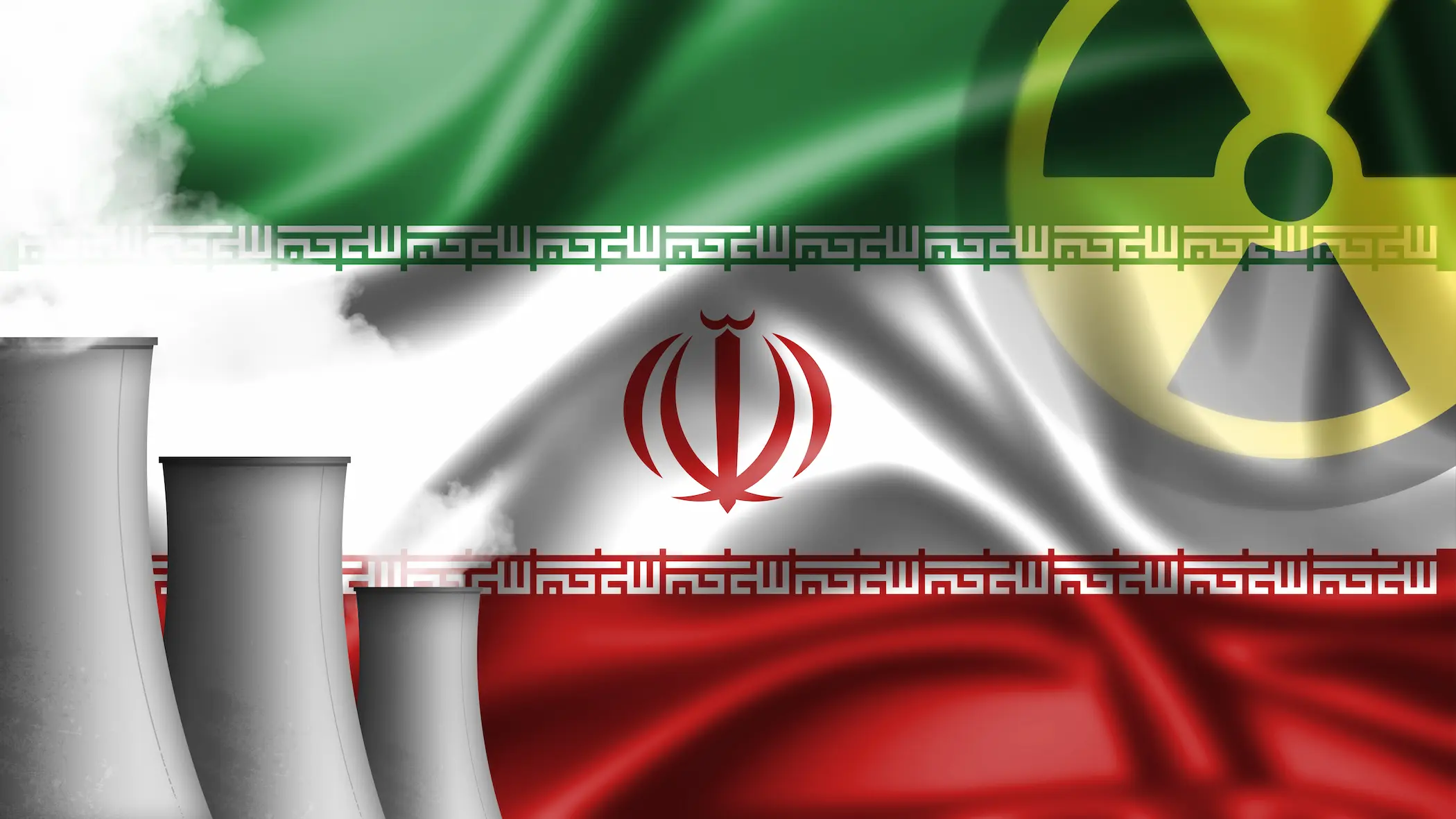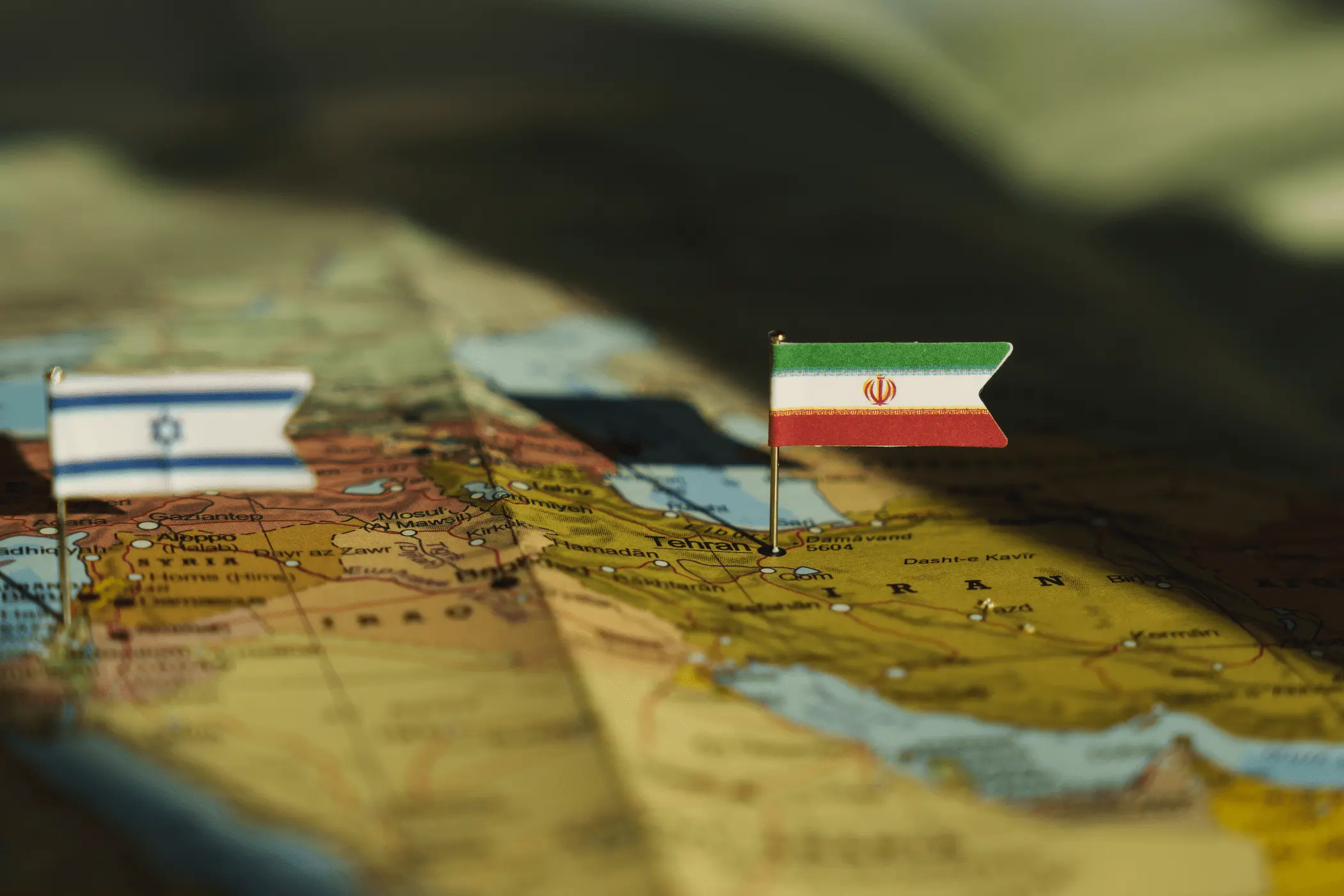China has a long-term goal to be a global leader in technology. To achieve such ambition, the country has taken serious steps widening its Belt and Road Initiative (BRI) traditional infrastructure projects to incorporate digital infrastructure projects embodied in the Digital Silk Road (DSR). The DSR was initially launched in 2015 by the government as an idea on paper and during the opening ceremony of the First Belt and Road Forum in May 2017, China’s President Xi Jinping, adopted the DSR term officially and it was incorporated in the government’s BRI strategy as the digital dimension.
The DSR initiative focuses on building digital infrastructure and exporting its technology to the beneficiary countries, it includes telecommunications infrastructure, like 5G networks, overland fibre-optic cables, data centres, cloud computing, artificial intelligence (AI), as well as applications that support e-commerce and mobile payments, along with smart cities and surveillance technology. Additionally, the DSR provides support to Chinese tech companies, like ZTE, Huawei, and Alibaba, to carry on the work with the beneficiaries.
The DSR aims to enhance Beijing's global digital influence as it creates opportunities for a wide range of cooperation and partnerships between Chinses tech companies and other beneficiaries around the world in areas of digitalization and AI. China’s DSR encompass a variety of projects in 5G deployment, e-commerce platforms, and AI applications, such as DeepSeek which is an alternative model to ChatGPT.
China signed DSR cooperation agreements with several countries in Africa, the Middle East, Eastern Europe, Latin America, and Southeast Asia. The cooperation takes place between scientists and engineers from the recipient country and Beijing, like opening a training centre or in research and development (R&D). The areas of cooperation are wide, including smart cities, AI and robotics, clean energy, and surveillance capabilities, like data localization. GCC countries are considered one of the important partners to China’s DSR, where it is closely integrating in the GCC digitalization goals.
Chinese Tech Firms Amid American-Sino Tech Competition in the GCC
China and the U.S. have an ongoing tech competition, where every country competes on tech investments in the Middle East, particularly in Gulf Countries. With the UAE and Saudi Arabia being key partners to China and its DSR initiative, it’s more likely that the American-Sino tech race will intensify. China’s DSR emerged as a strategic means of circumventing the U.S.’s increased barriers to advanced tech development. The DSR offers alternative digitalization models that aim to integrate Chinese digital ecosystems, like 5G and AI, in major economic markets.
U.S. tech companies, like Google, Amazon, and Microsoft, have been investing building data centres across the GCC; however, Chinese tech companies, such as Huawei and Alibaba, have been gaining more ground in the region lately. The driving factors behind this are that these tech companies offer attractive alternatives tailored for the GCC countries’ needs and priorities while addressing their digital security and sovereignty direction with competitive prices. GCC countries aim to localize data within their national borders away from foreign influence, cyber-attacks, and unauthorized access to safeguard national security and sovereignty.
The GCC countries are implementing a comprehensive digital transformation agenda within their national frameworks, such as the “We the UAE 2031”, Saudi Arabia’s “Vision 2030”, and “Qatar National Vision 2030.” Chinese companies, like Huawei, ZTE, Alibaba Cloud, and CSCEC Middle East, are playing key roles in these transitions by creating strong partnerships with their counterpart companies in the GCC countries. The DSR projects in the GCC have increased significantly in the past two years, integrated into national development agendas, particularly in the UAE and Saudi Arabia.
For instance, Alibaba Cloud has established data centres in Abu Dhabi and Dubai for the country’s plans for data localization. Similarly, ZTE Corporation and Etisalat (e&) UAE have announced in 2025 finishing a 5G private network Proof-of-Concept (PoC) trial in the UAE, as a part of the country’s digital transformation strategic steps. Similarly, Huawei Cloud and Zain KSA has signed a strategic collaboration during the Mobile World Congress (MWC) in Barcelona in 2025 to speed up the use of cloud technology and support digital transformation in Saudi Arabia’s different sectors as a part of Saudi Arabia’s “Cloud First Policy.” Also, Alibaba Cloud has opened data centres in Riyadh by partnering with Saudi Telecom Company (STC) as a part of the digital transformation goals in the “Saudi Vision 2030.”
In the same way, other GCC countries have developed partnerships with Chinese tech companies. For example, the Qatari telecommunications Ooredoo Group collaborated with Huawei in 2024 to develop all of its core networks to support 5GC technology. Likewise, telecommunications stc Bahrain has signed a cooperation agreement with Huawei in 2025 to develop 5G-Advanced (5G-A) services and AI-powered digital solutions. And Omani telecommunications Omantel has signed a partnership with Huawei in 2024 to build National Cloud. It is evident that the DSR is incorporating in the GCC countries’ digitalization agenda.
The Future of China’s DSR-GCC Tech Cooperation
Chinese tech firms are gaining more ground in the GCC, but enhancing their strategies to be in parallel with the countries’ development goals will secure them a sustain partnership with the region’s countries and might have an advantageous position over the competitors of the American tech companies.
Amid the GCC ambitions to develop a domestic digital infrastructure, data localization, and integrated AI in governance and other sectors, Chinese tech companies showed their ability to tailor models relevant to each country’s digital development’s priorities and needs. These companies will need to further focus on technology localization to be customized on GCC governance standards, regulatory systems, and operational ecosystems to maintain its position in the tech race within the GCC region. Future collaboration will require to develop customized models that guarantee the protection of national sensitive information reflecting GCC interests in a secure national digitalized infrastructure.
Additionally, DSR projects will be more adherent to the countries’ local data laws, such as the UAE’s Federal Decree Law No. 45 of 2021 Regarding the Protection of Personal Data and the Saudi National Data Management Office (NDMO), along with training and employing nationals of the countries in parallel to the Emiratisation and Saudization initiatives.
Chinese tech firms have already been starting this path to secure their sustainability in the GCC. For instance, China State Construction Engineering Corporation Middle East (CSCEC) has worked on the Dubai Digital Park project and has showed its compliance with Dubai Municipality’s Building Information Modeling (BIM) regulations by retaining real-time data on UAE servers, processing analytics on-site, allowing data access only through certified national gateways and ensuring employment of 75,000 Emiratis into private sector over five years.
Similarly, the Huawei Cloud and Zain KSA collaboration previously mentioned is intended to store sensitive business and government data within the country using local encryption to adhere to the NDMO regulations for data security. Also, Huawei has co-created AI laboratories in King Abdullah Economic City, mostly staffed by Saudi professionals and supervised by a joint Saudi-Chinese committee.
The comparative advantage of Chinese companies’ strategy in working with national institutions while adapting their models to the local needs make them highly likely to secure a long-term partnership with GCC countries. Likewise, Qatar, Bahrain, Kuwait, and Oman will probably adopt a similar approach to the UAE and Saudi Arabia, closely collaborating with Chinese tech firms on cloud computing and AI technologies. Hence, the DSR is projected to further integrate within the GCC countries’ digitalization agenda.
Moreover, the Middle East region is facing several frictions which might impact the timeline of the telecommunication development projects in the region and disturb internal network connectivity. Chinese tech firms will need to employ proactive strategies relevant to the realities in these countries, like regular maintenance and vulnerability assessments during the earlier stages of the project preparation phase.
The DSR initiative is expected to grow within the GCC region due to the Chinese tech firms’ perception of exporting successful technology models and transferring skills to locals. So, these firms focus their activities in the region on training programs, research collaboration, and partnerships to enhance local digitalization capabilities. According to a PwC survey conducted in September 2025 on 136 Chinese firms, around 90% of the Chinese companies are planning to expand their operations in the Middle East, with UAE and Saudi Arabia being the top choices and digital technologies along with AI investments are two of the key sectors.
In conclusion, DSR projects has the potential to grow within the GCC countries digitization ambitions as long as the tech companies involved in the process adhere to the local data protection regulations, security guarantees, and ensure resilience strategies. At the same time, GCC countries will be more likely to continue their strategy of diversifying partners amid the U.S.-China tech competition, therefore securing the sustainability of their projects and ensuring the continuity of their achievements that align with their futuristic national visions.
References
“Assessing China’s Digital Silk Road Initiative.” Council on Foreign Relations. Accessed October 6th, 2025. https://www.cfr.org/china-digital-silk-road/
Au, Adam and Felicia Feiran Chen. “China expands AI globally through the Digital Silk Road.” East Asia Forum. April 11, 2025, Accessed October 7, 2025. https://eastasiaforum.org/2025/04/11/china-expands-ai-globally-through-the-digital-silk-road/
Benito, Andrea. “How China is gaining ground in the Middle East cloud computing race.” Rest of World. May 5, 2025, Accessed October 7, 2025. https://restofworld.org/2025/china-cloud-middle-east/
Benito, Andrea. “MWC25: KSA accelerates digital transformation with Huawei-Zain partnership.” CIO. March 6, 2025, Accessed October 7, 2025. https://www.cio.com/article/3840275/mwc25-ksa-accelerates-digital-transformation-with-huawei-zain-partnership.html
“Chinese companies see the Middle East as a magnet for growth.” Pwc. September 9, 2025, Accessed October 13, 2025. https://www.pwc.com/m1/en/media-centre/2025/chinese-companies-middle-east.html
Chow-Bing, Ngeow. (August, 2021). “China-ASEAN Information Harbor: The Digital Silk Road from Guangxi to Southeast Asia.” Friedrich-Ebert-Stiftung. 1-38. https://library.fes.de/pdf-files/bueros/indonesien/18185.pdf
El Kadi, Tin Hinane. “Local Agency Is Shaping China’s Digital Footprint in the Gulf.” Carnegie Endowment for International Peace. January 6, 2025, Accessed October 8, 2025. https://carnegieendowment.org/posts/2025/01/local-agency-is-shaping-chinas-digital-footprint-in-the-gulf?lang=en
El Kadi, Tin Hinane. (2025). “Local Visions – Chinese Technologies. Explaining MENA’s Embrace of the Digital Silk Road.” IEMed European Institute of the Mediterranean. 272-276. https://www.iemed.org/wp-content/uploads/2025/07/Digital_Silk_Road_MENA_Embrace_El_Khadi_IEMedYearbook2025.pdf
Gordon, David, and Meia Nouwens. “The Digital Silk Road: Introduction.” International Institute for Strategic Studies (IISS). December 6, 2022, Accessed October 13, 2025. https://www.iiss.org/online-analysis/online-analysis/2022/12/digital-silk-road-introduction/
Lu, Binghua, Qianlin Zhang, and Dingding Chen. “The Digital Silk Road in the Gulf: Navigating Risks Amid China-US Rivalry.” The Diplomat. July 16, 2025, Accessed October 6, 2025. https://thediplomat.com/2025/07/the-digital-silk-road-in-the-gulf-navigating-risks-amid-china-us-rivalry/#:~:text=China’s%20Digital%20Silk%20Road%20has,routes%20key%20to%20infrastructure%20logistics
“Omantel, Huawei join hands to build Sultanate’s National Cloud.” Muscat Daily. February 21, 2024, Accessed October 13, 2025. https://www.muscatdaily.com/2024/02/21/omantel-huawei-join-hands-to-build-sultanates-national-cloud/
“Ooredoo Partners with Huawei to Prepare Core Networks to Transition to 5.5G.” Qatar News Agency. March 11, 2024, Accessed October 13, 2025. https://qna.org.qa/en/news/news-details?id=0048-ooredoo%C2%A0partners-with-huawei-to-prepare-core-networks-to-transition-to-55g&date=11/03/2024
Reddy, Rahul Karan. “Digital Silk Road: Beijing’s Digital Footprint and its Political Implications.” Organisation for Research on China and Asia-ORCA. Accessed October 13, 2025. https://www.orcasia.org/digital-silk-road#:~:text=At%20the%20National%20Congress%20of,to%20participate%20in%20the%20initiative.
“stc Bahrain strengthen its Leadership in 5G Private Network, AI and 5G Advanced by signing Partnership Agreement with Huawei.” Stc. June 16, 2025, Accessed October 13, 2025. https://www.stc.com.bh/media-center/template?id=4188
“ZTE and e& accelerate digital transformation with private 5G in UAE.” ZTE. June 3, 2025, Accessed October 7, 2025. https://www.zte.com.cn/global/about/news/zte-and-e-accelerate-digital-transformation-with-private-5g-in-uae.html






















Comments